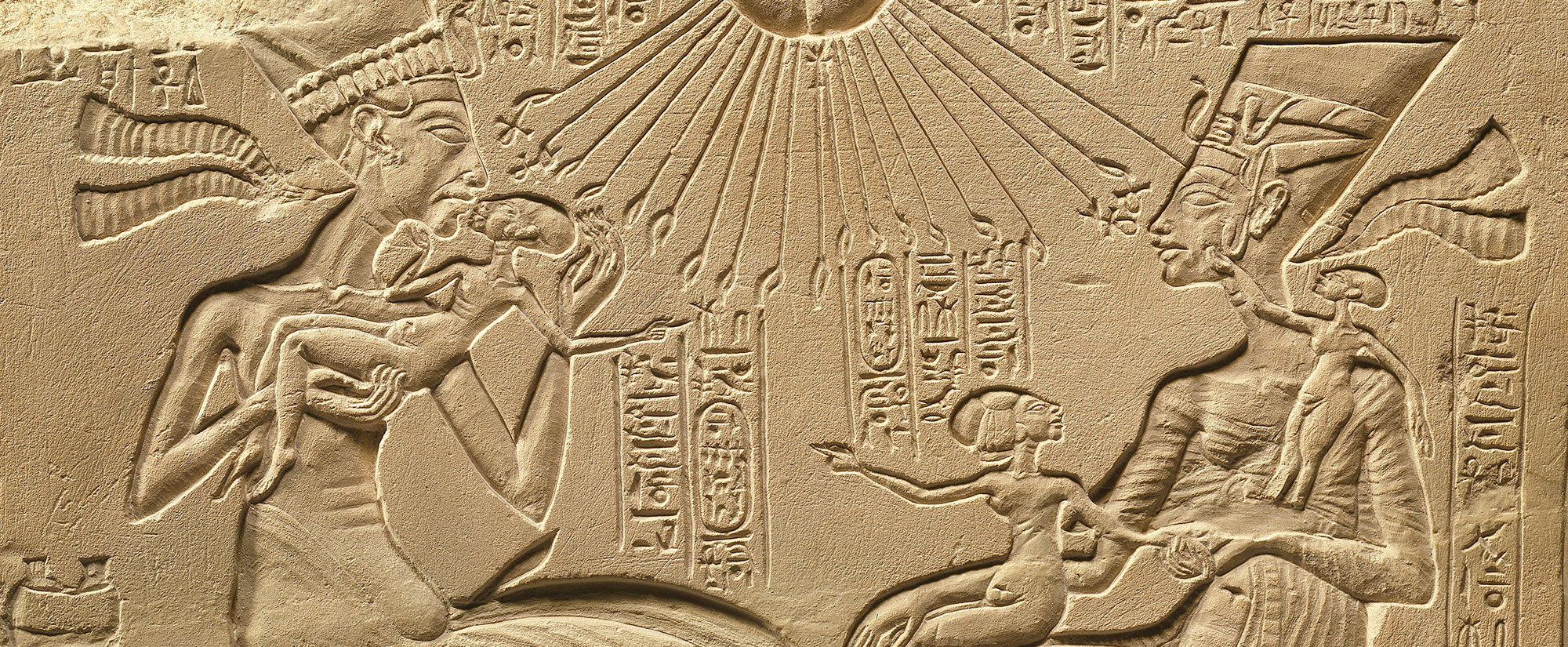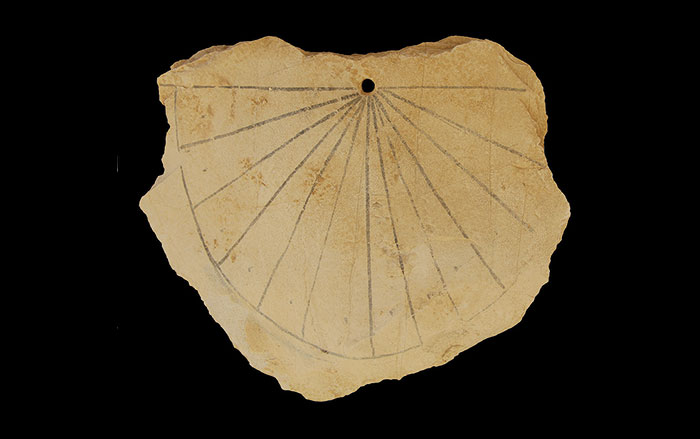
MEXICO CITY, MEXICO—Archaeologists from Mexico’s National Institute of Anthropology and History have unearthed a 500-year-old box made of stone on the western side of the Templo Mayor. It was among eight offerings associated with a colossal sculpture of Tlaltecuhtli, the Mexica goddess of the earth. The box contained a vase in the form of Tlaloc, the god of rain; shells and snail shells; 28 flint knives; corals and bones of balloon fish; and a copal figure covered with lime. Twenty-seven of the knives were made from white flint. The 28th, made of brown flint, was at the center of the box. All of the knives were pointing towards the Templo Mayor, and all of them are thought to represent adorned warriors of the underworld. “This came to mean that flint knives—found in other offerings, which had just been seen as sacrificial knives up till now—could have personified warriors or deities, which could change the symbolism that we had of said oblations, many of which have been found since 1978 during the first season of excavations in the Great Temple Project,” said archaeologists Alejandra Aguirre and Angel Gonzalez.












